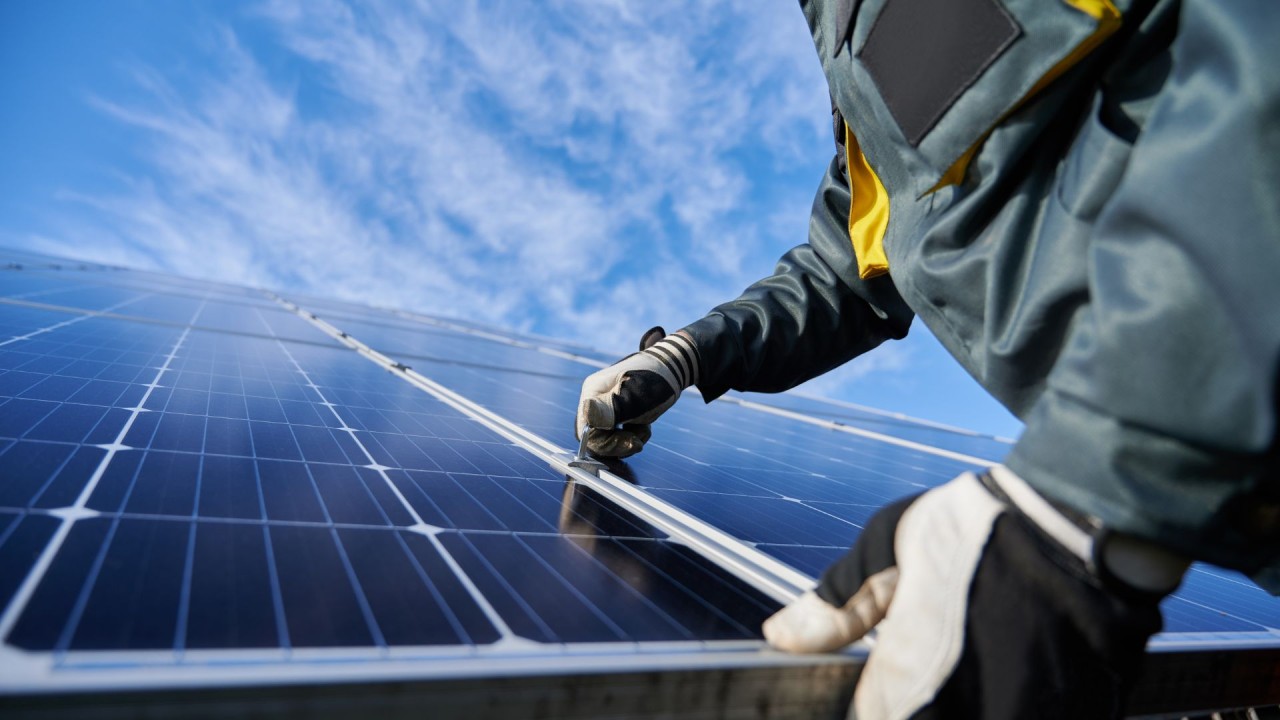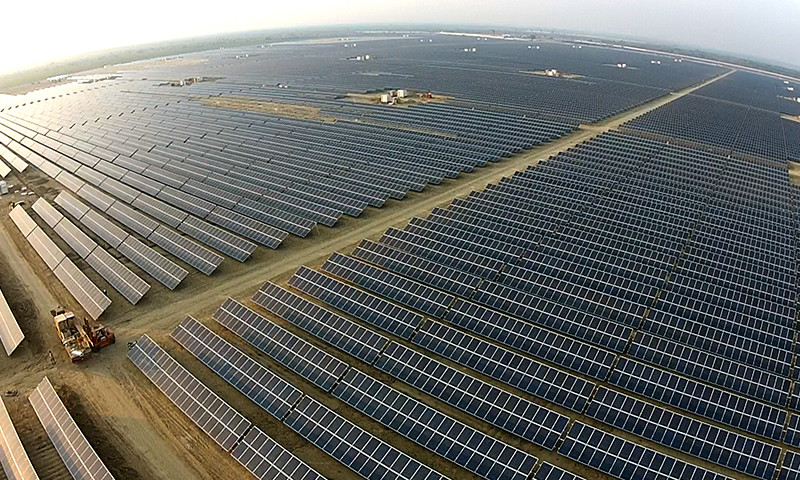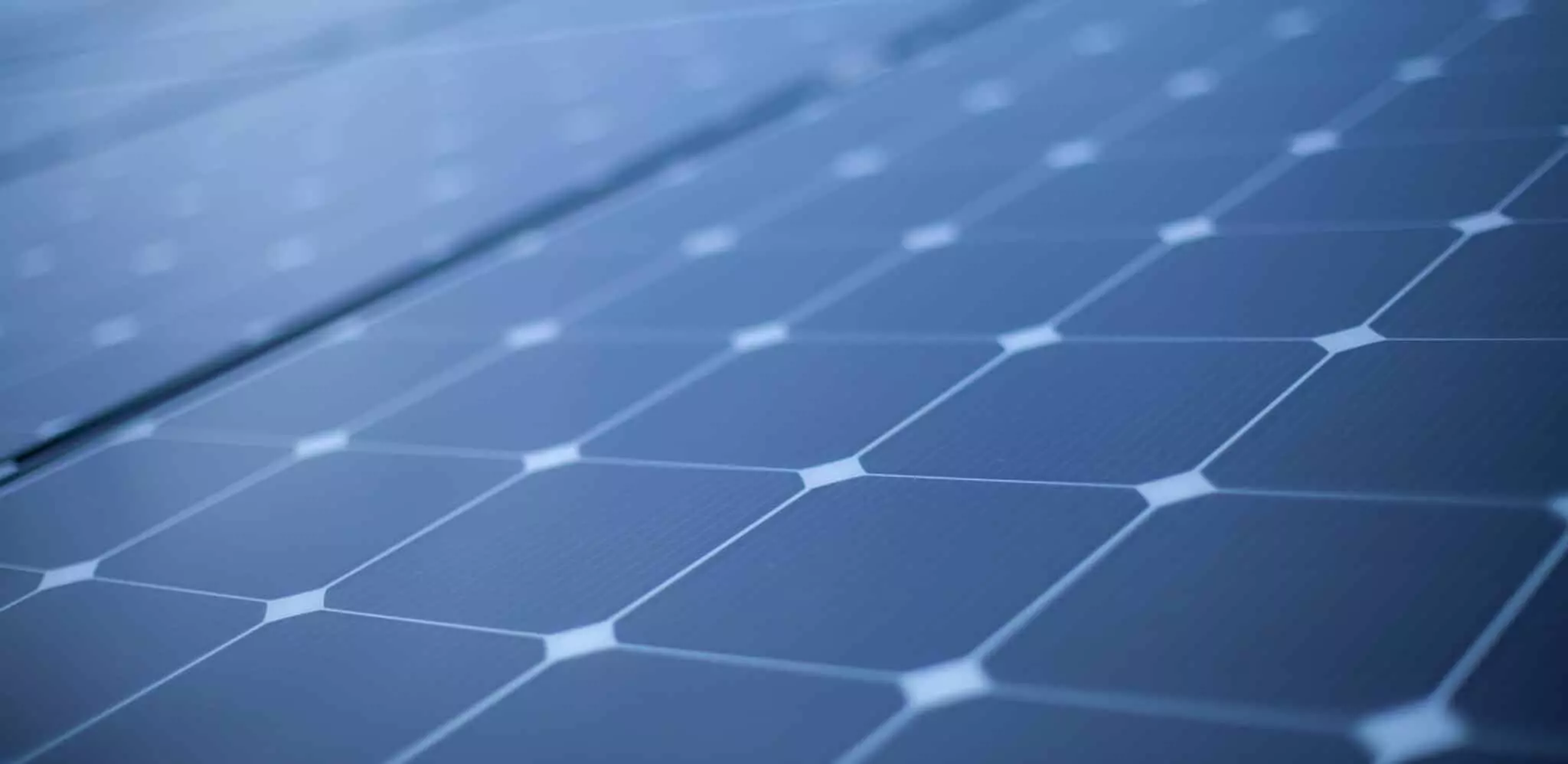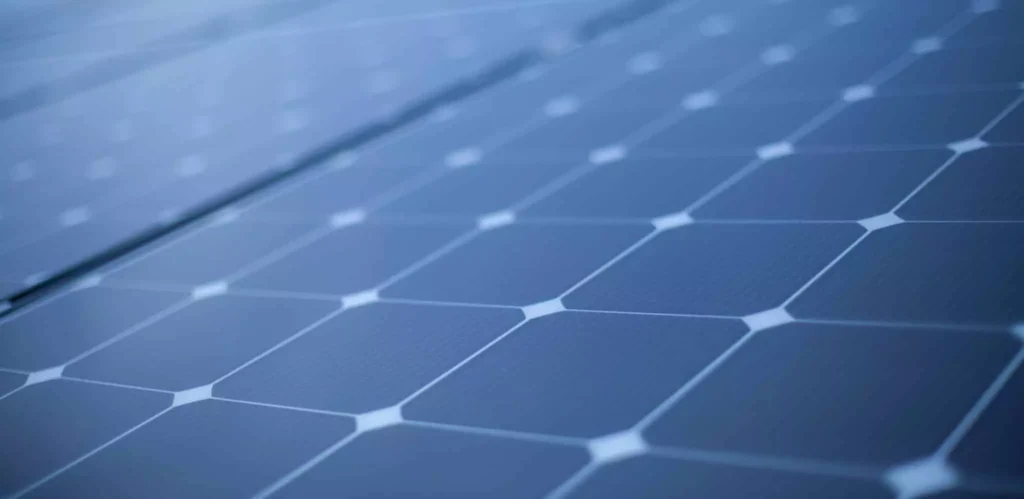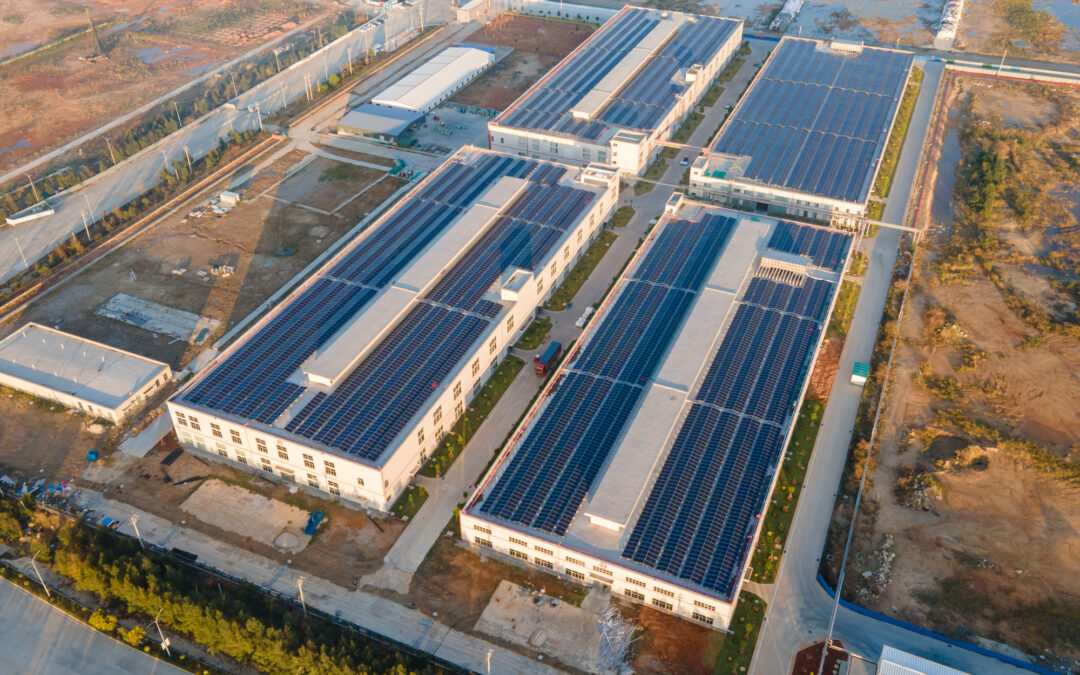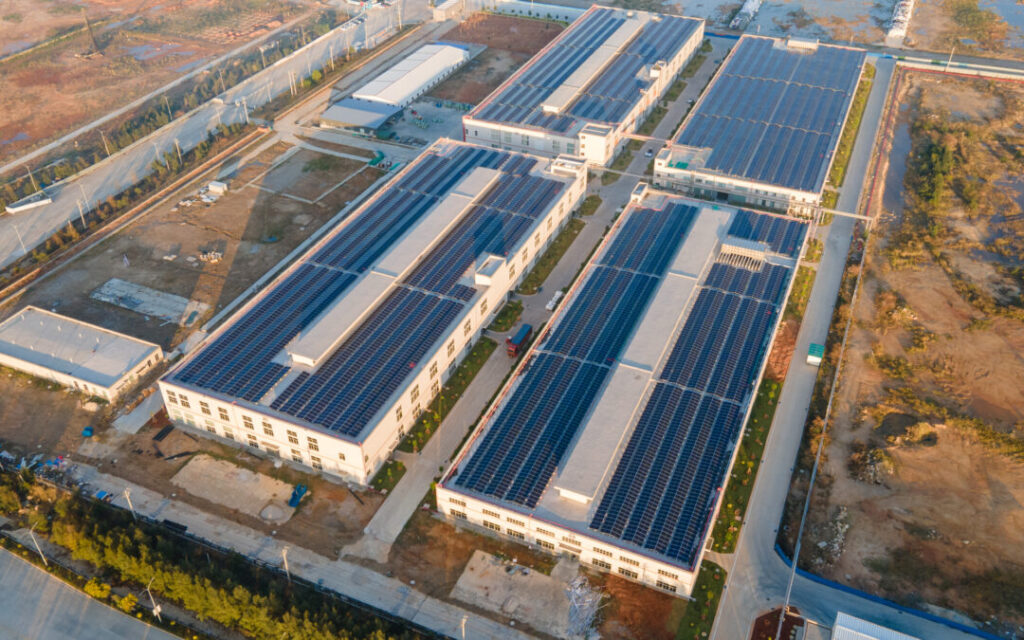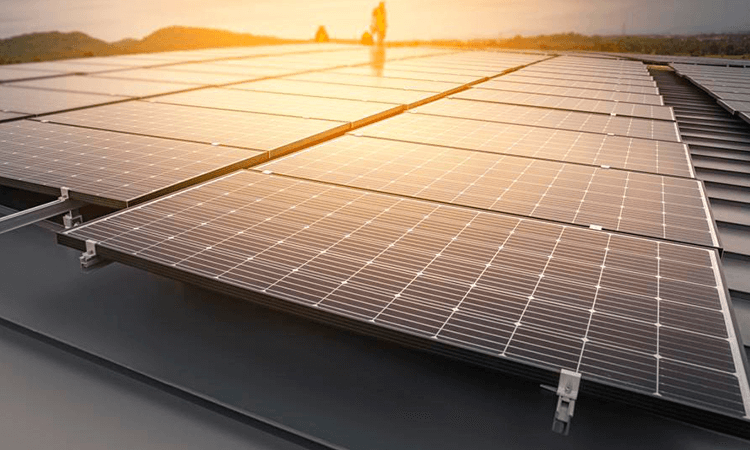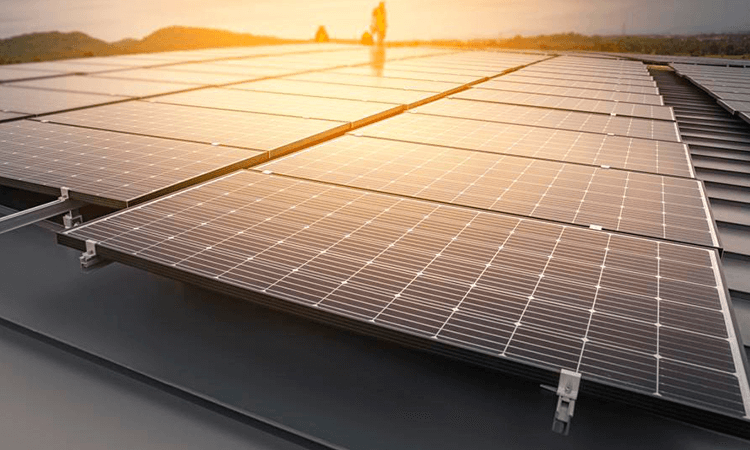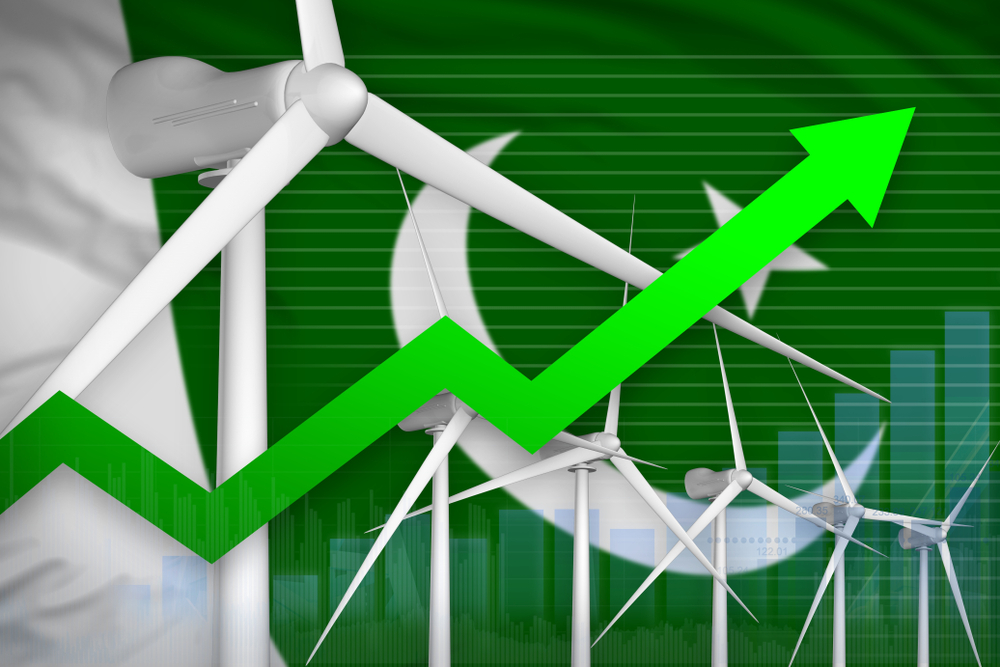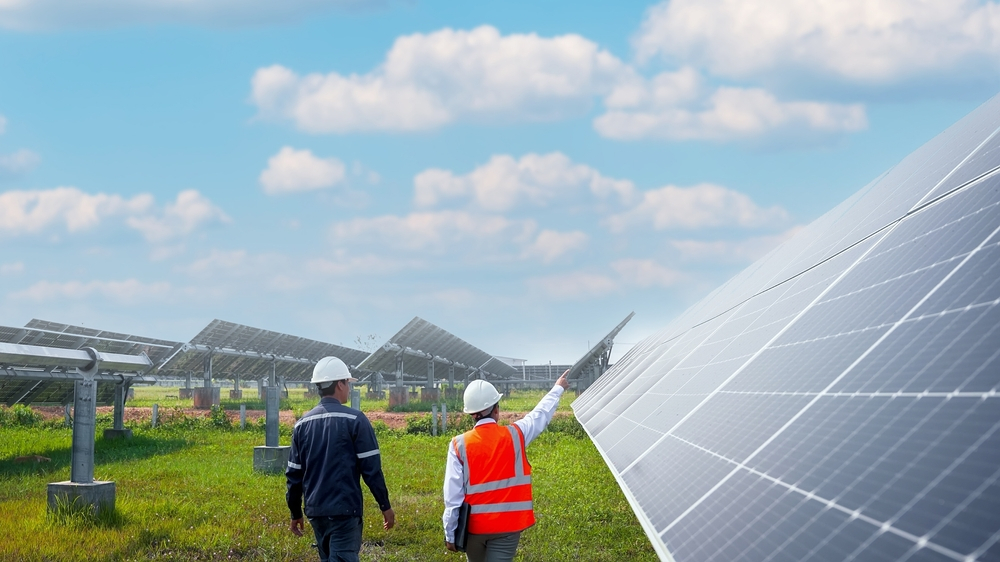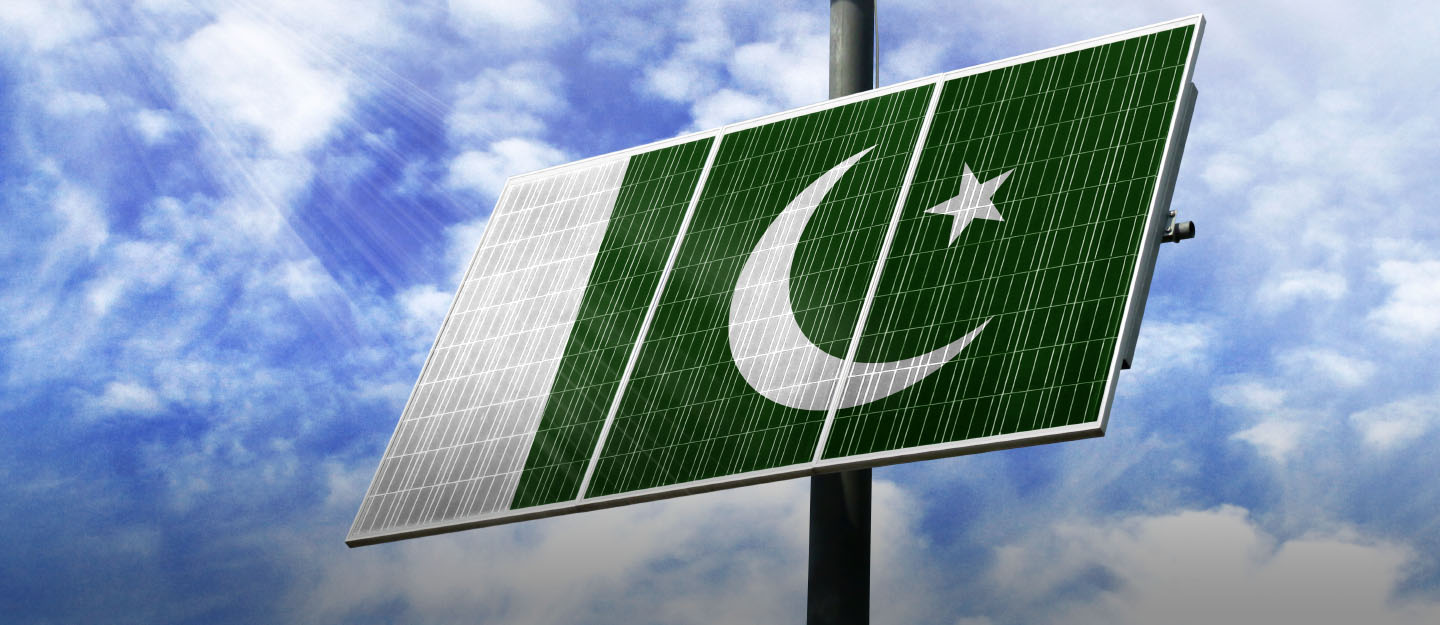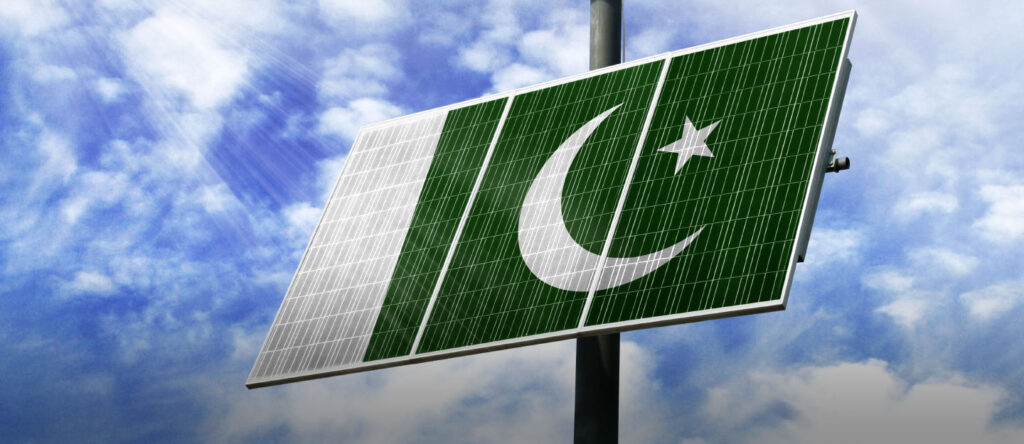
Pakistan grapples with the harsh realities of climate change. Rising temperatures, erratic weather patterns, and environmental degradation pose significant threats. In this fight for a sustainable future, a beacon of hope emerges – solar energy.
The Looming Threat:
Pakistan ranks among the most vulnerable countries to climate change. Excessive reliance on fossil fuels for energy generation contributes heavily to:
- Greenhouse Gas Emissions: Burning fossil fuels releases harmful gases like carbon dioxide, a primary driver of global warming.
- Air Pollution: Fossil fuel combustion pollutes the air with harmful particulates and smog, causing respiratory problems and impacting public health.
Solar Energy: A Ray of Hope
Solar energy offers a clean and sustainable alternative to combat these environmental challenges:
- Reduced Carbon Footprint: Solar power generation doesn’t involve burning fossil fuels, significantly reducing greenhouse gas emissions. This combats global warming and mitigates its devastating consequences.
- Cleaner Air: Solar energy production is pollution-free, unlike fossil fuels which release harmful pollutants like sulfur oxides and nitrogen oxides. This improves air quality and public health.
Environmental Benefits Beyond Emissions:
- Water Conservation: Traditional power plants require vast amounts of water for cooling purposes. Solar energy, on the other hand, has minimal water requirements, making it a valuable resource in water-scarce regions like Pakistan.
- Land Rehabilitation: Large-scale solar power plants can be strategically located on barren or degraded land, promoting land rehabilitation and preventing further desertification.
Examples in Action:
- Solar Rooftop Installations: Encouraging residential and commercial buildings to adopt rooftop solar panels can significantly reduce dependence on the national grid and its associated carbon footprint.
- Solar Power Plants: Large-scale solar power plants can contribute a substantial clean energy source to the national grid, displacing fossil fuel-based generation and reducing overall greenhouse gas emissions.
Challenges and the Road Ahead:
- Initial Investment: The upfront cost of installing solar panels can be a barrier for some individuals and businesses.
- Storage Solutions: While solar energy production is abundant during the day, efficient and cost-effective storage solutions are needed to ensure consistent power supply at night.
Overcoming the Hurdles:
- Government Incentives: Policy support through subsidies, tax breaks, and financing schemes can make solar energy more accessible and encourage wider adoption.
- Technological Advancements: Investing in research and development of efficient and affordable battery storage solutions is crucial for maximizing the potential of solar energy.
Call to Action:
- Government: Implement robust policies promoting solar energy adoption and invest in grid modernization to integrate renewable energy sources effectively.
- Private Sector: Energy companies should actively participate in developing and offering solar solutions tailored to diverse needs and budgets.
- Individuals and Businesses: Investing in solar technology not only benefits your energy costs but also contributes directly to a cleaner and healthier environment for Pakistan.
Conclusion:
Solar energy presents a powerful weapon in Pakistan’s fight against climate change. By embracing this clean and sustainable technology, the nation can pave the way for a greener future, ensuring a healthier environment and a brighter tomorrow for generations to come.


